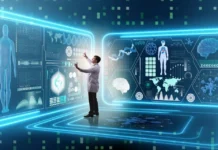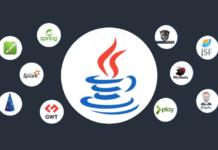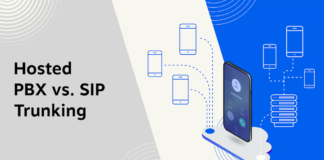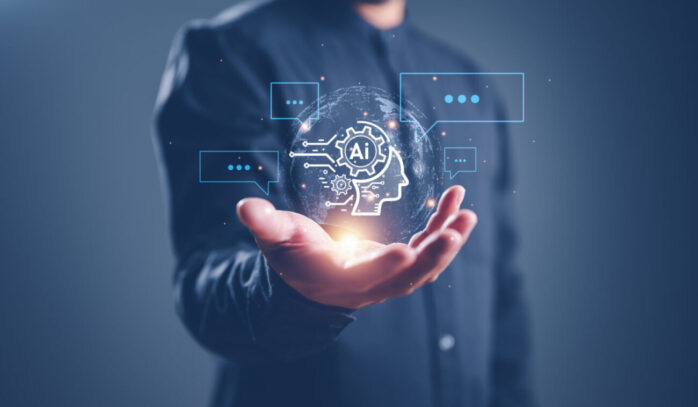
The digital landscape is constantly evolving, with Artificial Intelligence (AI) and Machine Learning (ML) at the forefront of this transformation. These technologies are no longer just buzzwords but essential tools that power innovation across various sectors. In the realm of web development, the integration of AI and ML into custom web applications is not just a trend but a strategic move to enhance user experience, automate processes, and make data-driven decisions. This article delves into the nuances of incorporating AI and ML into custom web applications, exploring its benefits, challenges, practical applications, and future prospects.
The Convergence of AI and Web Development
The fusion of artificial intelligence and custom web application development marks a significant milestone in the tech world. AI brings intelligence to machines, enabling them to perform tasks that typically require human intelligence. This includes learning from data, recognizing patterns, making decisions, and solving problems. When this capability is integrated into web applications, it results in dynamic, intuitive, and smart platforms that can adapt to user needs, predict trends, and offer personalized experiences.
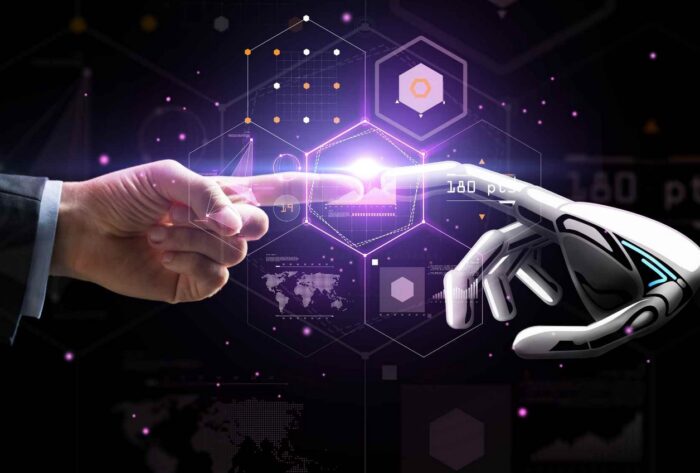
Understanding Machine Learning’s Role
Machine Learning, a subset of AI, is particularly transformative for web applications. ML algorithms learn from data, improving their accuracy over time without being explicitly programmed for each task. This ability to learn and adapt is crucial for applications that deal with large volumes of data and require constant optimization, such as recommendation engines, content personalization, and predictive analytics.
Enhancing User Experience
One of the primary objectives of integrating artificial intelligence and ML into web applications is to enhance user experience. AI-driven chatbots can provide 24/7 customer support, answering queries and offering assistance with a human-like touch. Personalization engines analyze user behavior to tailor content, products, and services, making each user’s experience unique and satisfying.
Automating Operations
Automation is another significant advantage. Routine tasks, such as data entry, content moderation, and even complex operations like inventory management, can be automated using AI algorithms. This not only speeds up processes but also reduces human error, freeing up valuable human resources for more creative and strategic tasks.
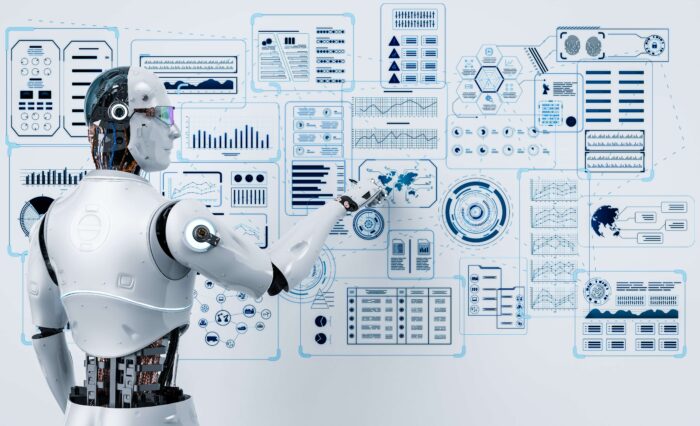
Data-Driven Insights
The ability to harness and analyze vast amounts of data is perhaps one of the most powerful aspects of artificial intelligence and ML integration. Web applications can track user interactions, gather feedback, and monitor performance in real-time. This data, when processed through ML algorithms, can provide actionable insights, helping businesses make informed decisions, identify trends, and anticipate market changes.
Security and Fraud Detection
In an era where cyber threats are rampant, artificial intelligence and ML can significantly bolster the security of web applications. Anomaly detection algorithms monitor network traffic and user behavior, identifying and mitigating potential threats in real-time. Similarly, AI-driven fraud detection systems can analyze transaction patterns to spot and prevent fraudulent activities, safeguarding both the business and its customers.
Challenges and Considerations
While the benefits are plentiful, integrating artificial intelligence and ML into web applications is not without challenges. Data privacy concerns, the need for high-quality and diverse datasets, and the complexity of developing and maintaining AI models are significant hurdles. Moreover, there’s the ethical aspect of artificial intelligence, ensuring that algorithms are fair, transparent, and do not perpetuate biases.

Practical Applications and Case Studies
Several industries have successfully integrated artificial intelligence and ML into their web applications, setting benchmarks and providing valuable case studies. E-commerce platforms use recommendation engines to enhance shopping experiences. Media sites employ content personalization to increase engagement. Financial services leverage AI for risk assessment and fraud detection. Each of these applications demonstrates the versatility and potential of AI and ML in custom web applications.
Future Prospects and Innovations
The future of artificial intelligence and ML in web development is bright, with emerging technologies like neural networks, natural language processing, and computer vision opening new avenues for innovation. The next generation of web applications will likely be more intuitive, intelligent, and interactive, capable of understanding and responding to user needs in unprecedented ways.
Enhancing AI Understandability
The journey forward in artificial intelligence and ML integration will prioritize making AI decisions more transparent and human-like. Advancements in natural language understanding and emotional AI aim to create systems that not only personalize experiences but also resonate with human emotions. Making AI more interpretable and empathetic will lead to web applications that offer interactions as natural and nuanced as those with humans, bridging the gap between digital and human communication.

Eco-Friendly AI Innovations
As the digital demand grows, so does the need for sustainable artificial intelligence practices. Future web applications will focus on eco-friendly AI, employing energy-efficient algorithms and computing resources to minimize environmental impact. Innovations like on-device artificial intelligence processing will reduce reliance on energy-intensive cloud services, steering the digital realm towards more sustainable operations and contributing to global sustainability efforts.
Democratizing AI for Web Developers
The democratization of AI aims to make AI and ML technologies more accessible, enabling developers of all skill levels to integrate advanced artificial intelligence features into their web applications. With the rise of user-friendly artificial intelligence tools and cloud-based services, the barriers to entry for implementing AI are lowering. This trend will lead to a surge in diverse, innovative web applications across various sectors, driven by a broader community of developers empowered to harness the potential of AI.
Ethical and Responsible AI Use
As we forge ahead, the ethical and responsible use of AI and ML becomes paramount. Developers and businesses must prioritize transparency, accountability, and fairness in their AI initiatives. This includes ensuring data privacy, avoiding biases in algorithms, and being mindful of the social and ethical implications of artificial intelligence technologies.
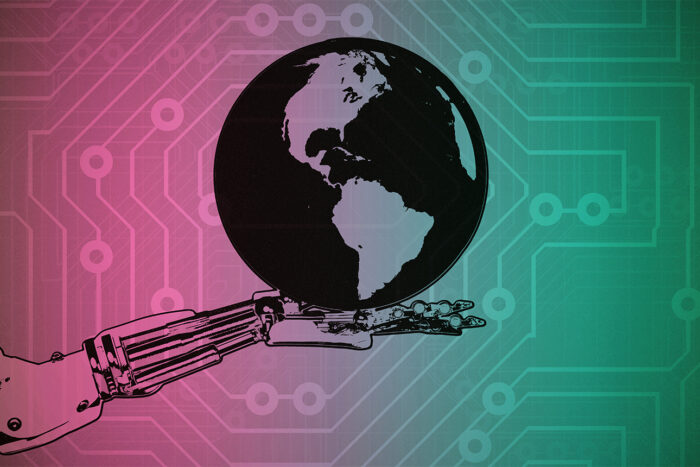
Conclusion
The integration of AI and ML into custom web applications represents a significant leap forward in how we interact with technology. It offers a pathway to more personalized, efficient, and secure web experiences. However, this journey requires careful navigation, balancing technological innovation with ethical considerations and data privacy concerns. As we continue to explore the potential of artificial intelligence and ML, the focus should remain on harnessing these technologies to enhance human capabilities, foster innovation, and drive positive change in the digital world.

